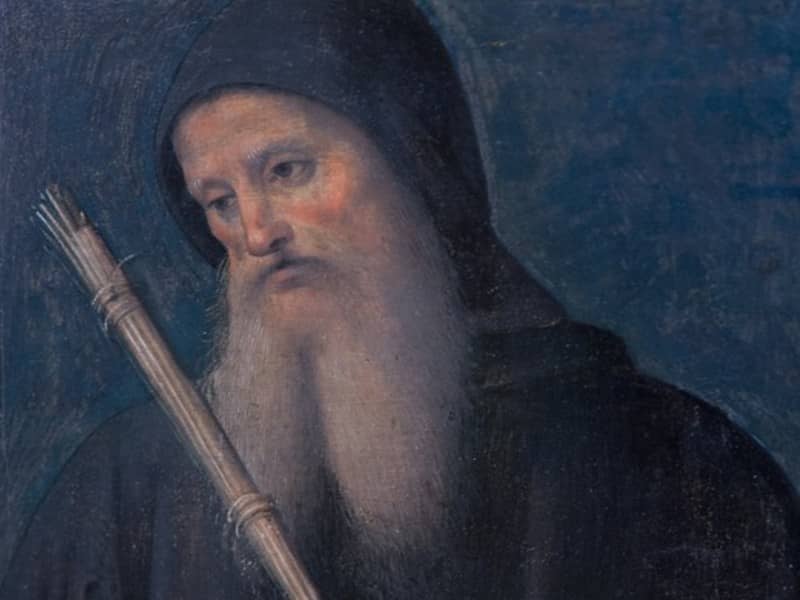With Supreme Court nominee Samuel A. Alito, Jr., however, it's a little more complicated. Alito, who was nominated by President George W. Bush last Monday, attends Catholic Mass at two very different parishes in northern New Jersey. He and his family officially belong to Our Lady of the Blessed Sacrament in Roseland, a parish that embraces more contemporary liturgical practices and has an obvious commitment to social justice ministries. But Alito also reportedly attends Mass at St. Aloysius in the neighboring town of Caldwell, which offers more devotional activities, such as Eucharistic adoration. Perhaps he does so for mundane reasons like convenience or timing. It's also possible that Alito, like many Catholics, attends more than one parish because he finds each of them appealing, but in different ways. Blessed Sacrament is set amid amidst office parks and suburban sprawl ten miles west of Newark. Architecturally, the church is uninspiring, and would no doubt make traditionalist Catholics cringe. The brick adorning the exterior is an unnatural shade of orange, and the interior looks more like a parish hall than a sanctuary, with walls made of cinder block and ratty carpet on the floors. In the foyer there is a wooden sculpture of Jesus entertaining a group of bright-eyed children-a kitschy reminder of the kinder, gentler Catholicism of the 1960s and `70s, when hellfire was out and feel-good folk Masses were in. Yet for all its aesthetic deficiencies, the parish appears to be thriving. Sunday's 10 a.m. children's liturgy was packed, with nearly four hundred people in attendance. Before the Liturgy of the Word, the children were marched out en masse for their own lesson in Scripture. The music also seemed designed to appeal to a younger crowd: a folk group, complete with guitars, violin, and a priest on the conga drums, performed post-Vatican II classics like "One Bread, One Body." Throughout the Mass the priest, Fr. Ted Osbahr, sought to engage the congregation. During the homily he walked down the nave rather than preaching from the pulpit. In his remarks he acknowledged that the Gospel parable about the day of judgment contained a difficult message. He said "belief in eternal damnation has weakened," and tried to make the Gospel message more understandable by invoking purgatory, which is based on the belief that at death we may not be spiritually prepared to be in God's presence.
According to the Newark Star-Ledger, Alito and his family registered at Blessed Sacrament twenty years ago at the suggestion of his sister, who was a parishioner. Martha-Ann Bomgardner Alito, Alito's wife, also teaches children religious education at the parish. But it is telling that Alito also chooses to go to St. Aloysius occasionally. Again, it's quite possible that his choice is merely a function of Mass times. Or perhaps he hasn't settled on which parish suits him better. God knows he wouldn't be the first Catholic to suffer from such indecisiveness. There is little mystery about what kind of judge Alito is-he has a long conservative track record. But judging from the difference between his parishes, questions about his Catholic leanings remain.

